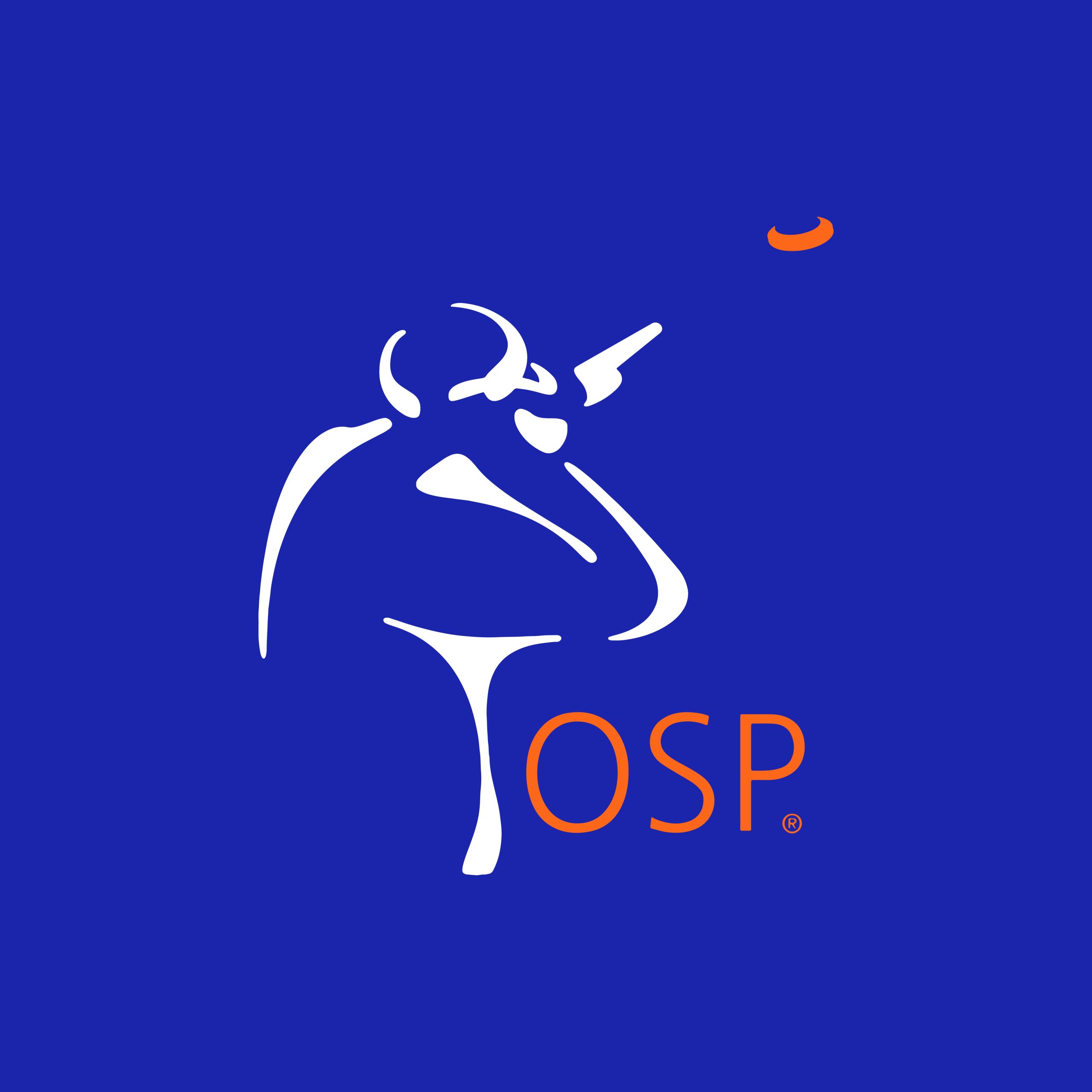Peripheral Acceptance
We all have a problem letting that gun go, and it’s periphery acceptance. There’s no doubt about that.
When you exceed your peripheral acceptance, your focus ratio goes straight down the hole. But it seems as though looking behind the gun and making and holding onto the shot until you feel like everything is locked up and going the same speed makes it easier for people to maintain their focus ratio and trust the result.
“This is so much easier than just trusting it,” some of our students said.
“Well, you’re still trusting it,” I responded.
“Yeah, but I’m not trying to trust it without looking at the gun. I know where my eyes are supposed to be. They’re not ever supposed to be there. They’re supposed to be behind the gun over there on the bird, and that’s where I want to have my eyes.”
It seems as though once they internalize that, the tendency to want to check the barrel vanishes.
This is also huge in the visual process. When you visualize in your pre-shot routine with your visual process, what you visualize and the reality of what you do in the shot is the same. Focus on the target is enhanced and the zone occurs.
Because we now have a specific place for our eyes to be (which is not on the barrel) it is to the right of the gun or to the left of the gun away from the muzzle, we’re training our eyes to look away from the muzzle. That’s where the gun has got to be. Now that we have a specific place for our eyes to be, it’s easier for you to visualize the shot in a clear visual picture.
So your visualization process becomes your reality. And when that happens, the visual process is easier, decision-making is easier, shooting is easier, and focus is easier. Everything becomes easier. There is a more clear, more concise plan for both parts of the brain. There’s less of a chance of a conflict because you can see this happen.
This is an excerpt from the July 2012 Coaching Hour podcast. You can listen to it and read a written transcript, along with more than 20 years of archived episodes with your Knowledge Vault membership.




